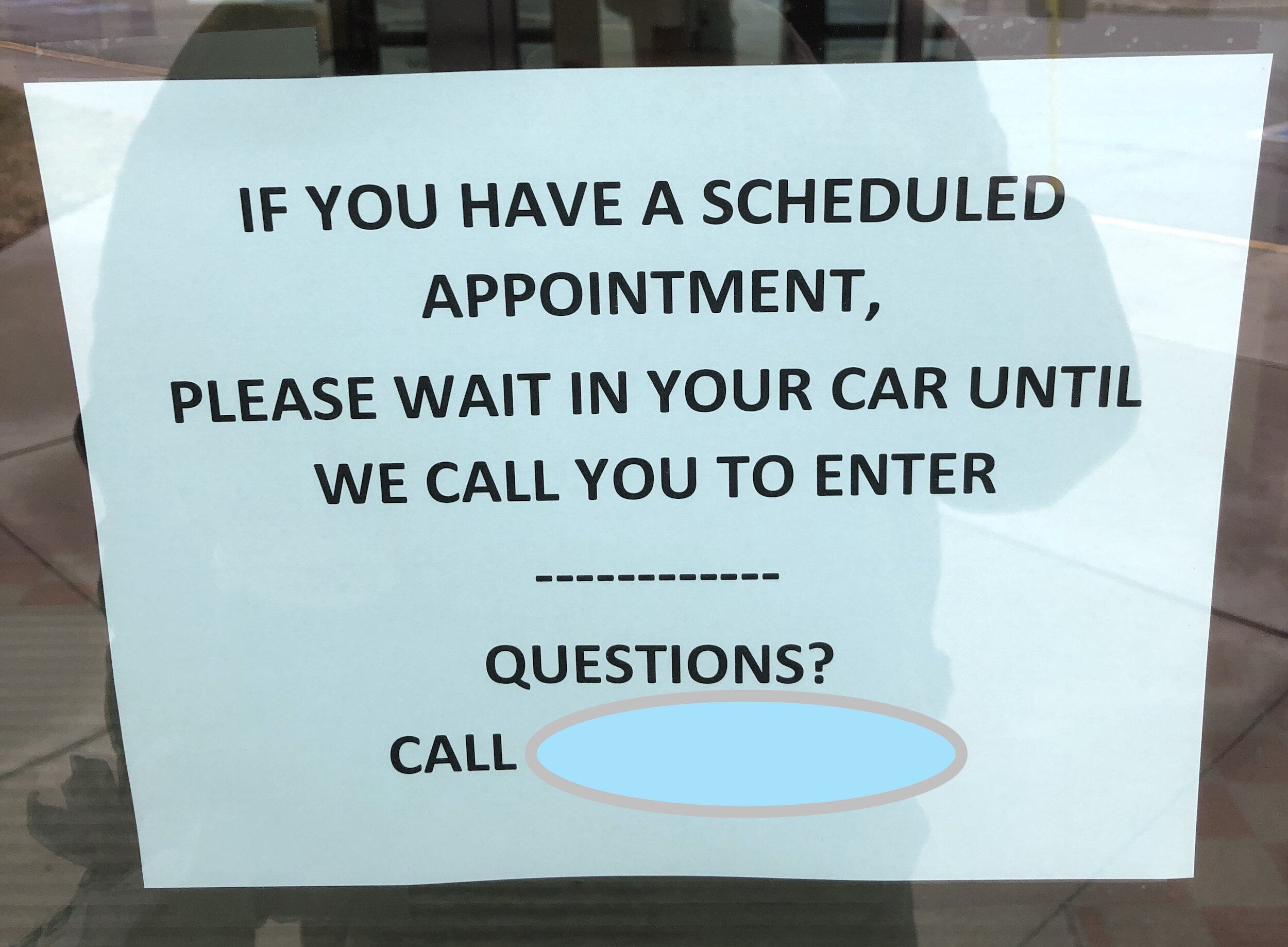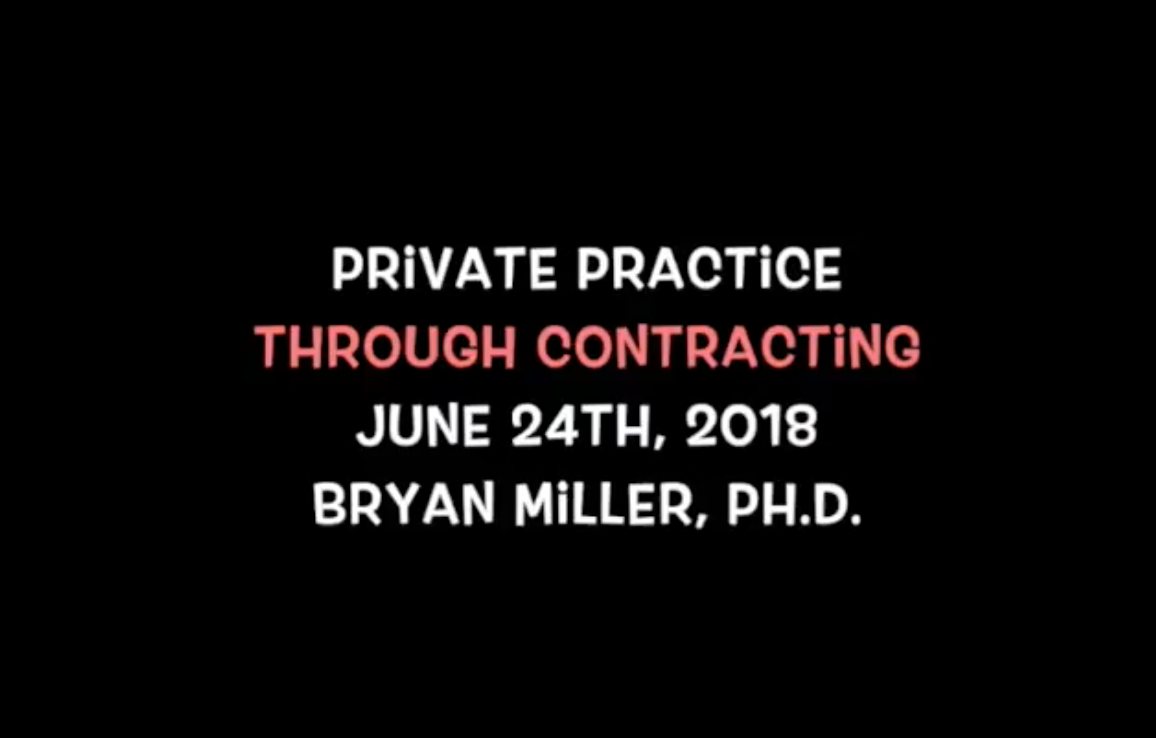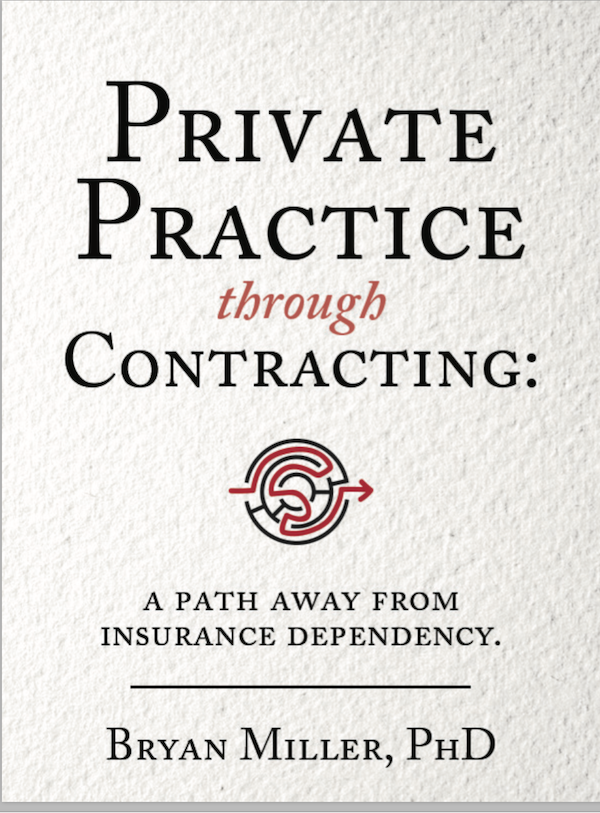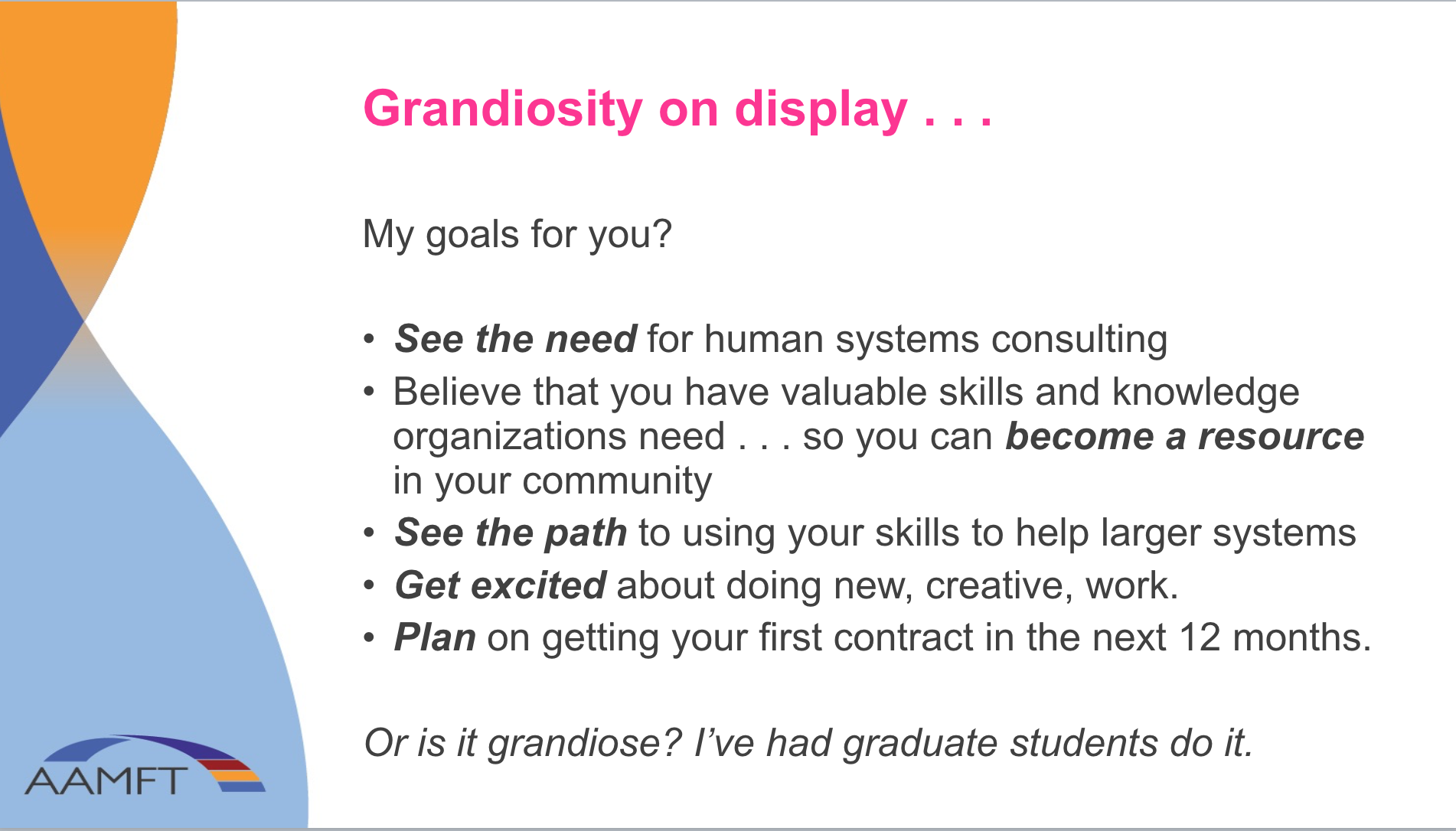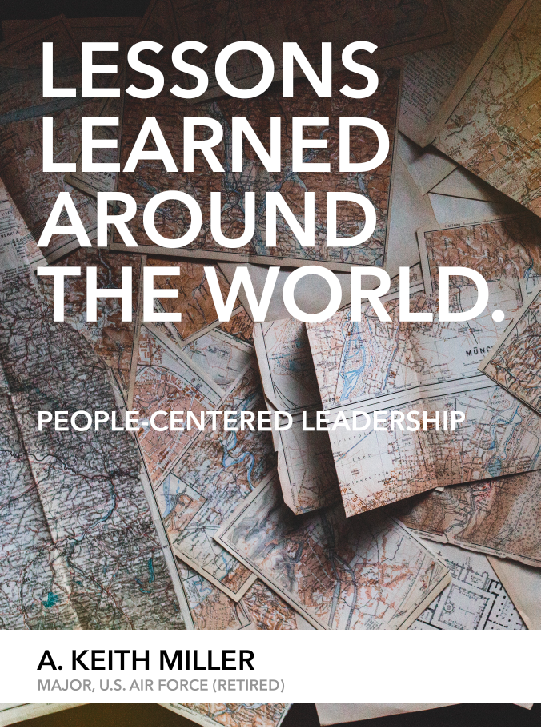Photo Credit: Glenn Carstens-Peters on Unsplash
A Pandemic and a Coaching Class
The 2019-20 Leading Edge Coaching class has experienced an eventful year! Who could have known that a pandemic would through everyone into telehealth? Doing therapy, coaching, and consulting through Zoom meetings, while not catastrophically different, provided challenges that we all had to navigate. For some, their plans changed dramatically due to the pandemic. For others, it merely put a “hold” on their action plans until the pandemic abated. This “black swan” event led to us continuing our Leading Edge Coaching class into 2020 without adding any new trainees.
This year also highlights some of the advantages of contracts. While my partners and I tried to figure out if insurance was going to pay for telehealth, saw the referral sources shut down for non-essential care, and were challenged to figure out policies and procedures to protect staff, clients, and our families . . . my contracting was largely unaffected. Sure coaching sessions moved to Zoom . . . but other than that there was no change.
Granted, I was fortunate enough that my current contracts were all in essential services — manufacturing, utilities, health services, non-profits. Consultants providing services to industries that were shut down may not have been so fortunate. As it turned out, the traditional private practice continued to flourish through the pandemic as well but there was some temporary uncertainty and this is where the contracting provides a nice counter-balance to that stress.
With our 2019 class scheduled to complete Leading Edge by the end of the year, we will, once again, be adding a few trainees in 2021. For those unfamiliar with what Leading Edge is . . . let me recount our history in becoming private practice contractors and consultants. Then I will describe our Leading Edge process.
A Little Background (for those who need it)
For those new to HSC—and the concept of contracting, coaching and consulting as part of a behavioral health practice —below is a brief history of our journey . . . .
We have been training students and professionals to work with organizations and businesses —through private practice contracting, coaching, and consulting—since 2006. In 2019, we will be using our proprietary developed workflow (developed for the Trello platform) to work with our coaching class. This is the next step in our ability to help behavioral health professionals diversify their services and escape the dependence on insurance and governmental sources of income.. .
Her's a quick history of training behavioral and mental health professionals to work with organizations and businesses.
1998: As part of a class on Qualitative Research, Bryan and a colleague started—as part of a university class— a consulting contact with an international manufacturing company. Supported by a couple of our professors originally, the contract would be repeated in 2000 and in total cover 4 years. We were learning and HSC was off and running!
1999: Bryan starts working in senior management positions in behavioral health.
2002: We repeat the consulting work with the international manufacturing company.
2005: Dr. Miller established Human Systems Consulting and HSC begins contracting with organizations.
2006: Tasked to teach a doctoral-level course on Consulting with Larger Organizations. Continued until 2016.
2008: Conducted local trainings for behavioral health professionals on consulting and coaching.
2011: At the continued urging of the students and colleagues, published Beyond the Couch: Turning your behavioral health degree into cash without losing your soul. (By the way, our Gumroad store sells this for $7.99 a huge savings over Amazon at $24.95!)
2015: Published Engaging Your Team: A framework for leading difficult people.
2016: Published Private Practice through Contracting: A path away from insurance dependency! (Our most popular title since it’s publication) Began one-on-one coaching with professionals seeking to replicate the contracting, coaching, and consulting of HSC.
2017: Presented our model in a day-long institute at the AAMFT national conference in Atlanta, Georgia.
2017: Training professionals in a 6 hour workshop as part of the ICET conference in Louisville, Ky.
2018: Re-tooled our Trello-based tool and coaching process—Leading Edge Coaching
Began Leading Edge Coaching for remote professionals wanting to add contracting, coaching, and consulting to their practice.
What is Leading Edge Coaching?
Leading Edge Coaching is one-on-one guidance from Dr. Miller to create and execute a plan to develop your own contracting, coaching, and consulting services. Bryan uses an interactive tool and monthly coaching sessions to help the professional focus their actions, identify a path to contracting, and secure those contracts in a 12-18 month process. The cost is kept down through having monthly meetings and assigning tasks in-between sessions and historically trainees first contract pays more then the entire cost of the training—so we are satisfied that it is a good value to professionals wanting a little mentoring to get started.
To find out more simply email Bryan. There is no cost or obligation and there will never be any pressure . . . just information to help you make the best choice for your own future.




